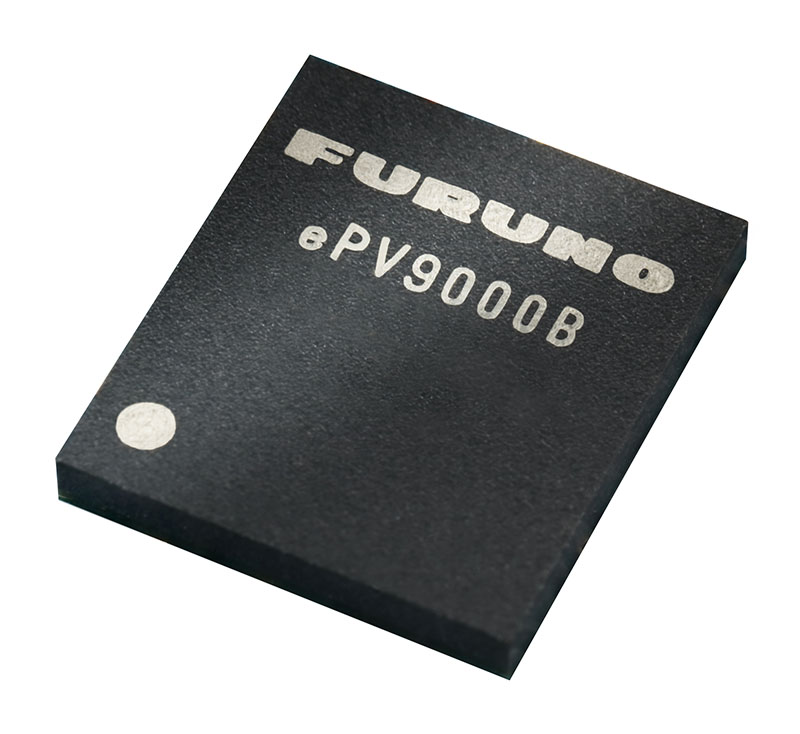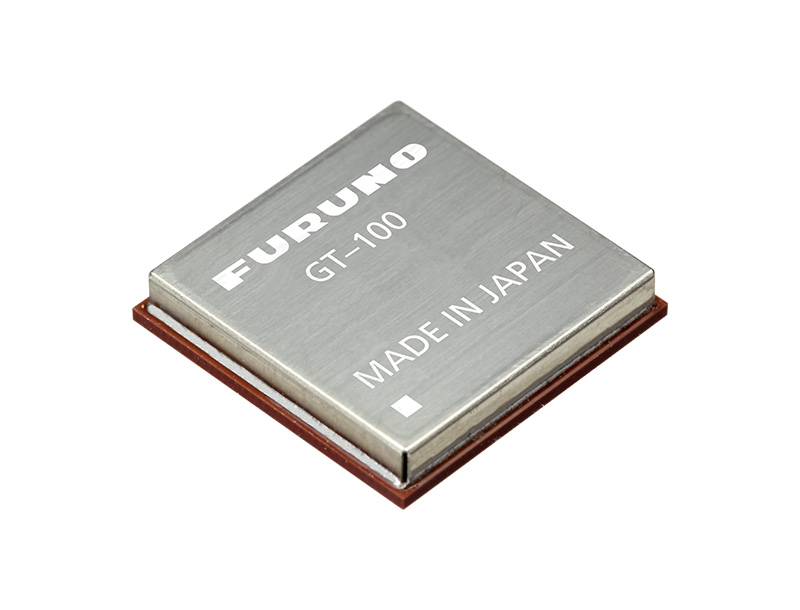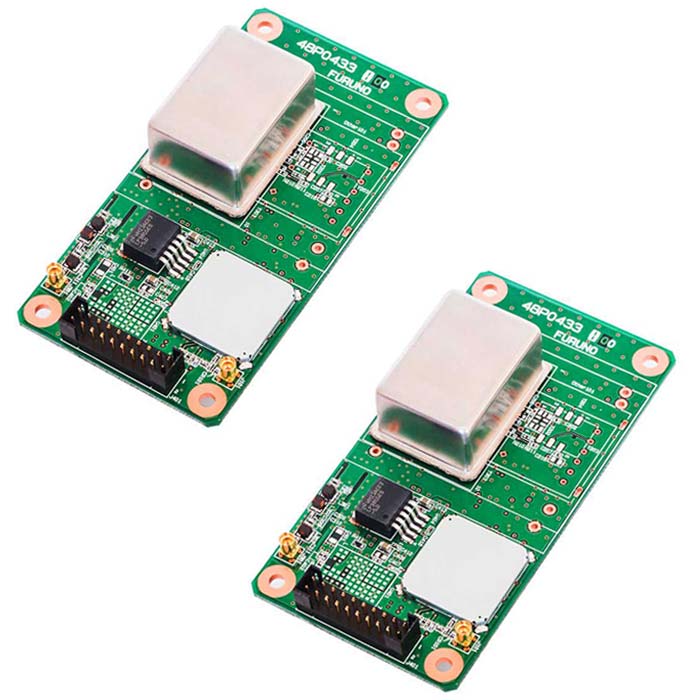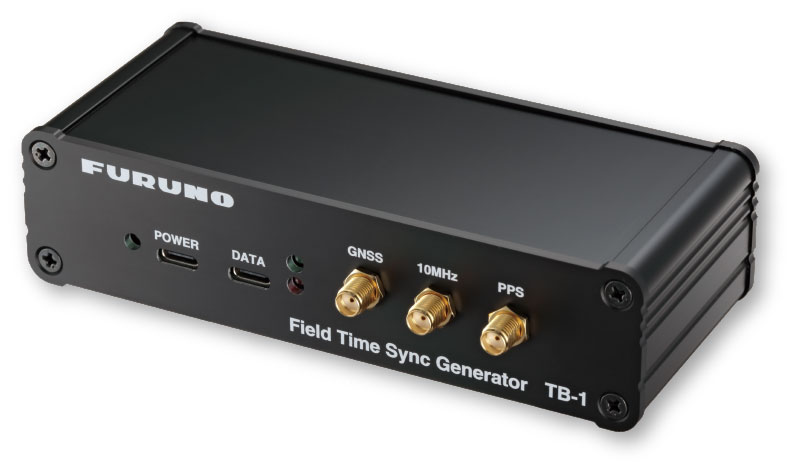Technology
High Sensitivity GPS
The GPS signal uses a modulation scheme called CDMA for spectrum diffused transmission. The spectrum diffused signal is buried by natural noise. The GPS receiver contains a duplicate of the diffusion code in correlation to the transmitted signal, and uses overlap processing (inverse diffusion) to extract the buried signal from the noise.
The signal is so weak that a normal GPS receiver cannot determine a position in areas obstructed by buildings, etc. For these situations, a high sensitivity receiver is required.
A high sensitivity receiver is a GPS receiver that can extract and calculate a position from a weak signal that is 1/1000 of a typical outdoor signal. With this kind of sensitivity, a position can be calculated in many different indoor situations. This type of receiver is designed to improve upon the weaknesses of GPS receivers that do not perform well inside buildings or obstructed areas, and can be used indoors or underneath elevated structures.
To extract a weak signal that is only 1/1000 the strength of a normal signal, an especially large amount of correlation processing is required for a sustained period. Correlation processing allows a signal to be targeted from the confusing mix of false signals generated by noise and other satellites aside from the target satellite.
Circuit with a number of correlators, necessary for high precision positioning, is effectively integrated into the the high-sensitivity GPS/GNSS receiver chip "eRideOPUS 7" in high density by utilising our proprietary technology.
The high sensitivity receiver combines Assisted GNSS and Self-Ephemeris™ capabilities to allow for fast Cold Start functionality in interior and obstructed environments where the signal is weak.
Related Products
-
NEW

Dual-band GNSS Receive Chip eRideOPUS 9 Model ePV9000B
World's best-in-class 50cm position accuracy using standalone method!
-
NEW

Timing Multi-GNSS Receiver Module Model GT-100
Achieves the world's highest robustness and stability by receiving dual band(L1/L5)
-

Multi-GNSS Disciplined Oscillator Model GF-8804/05
Atomic clock class stability GNSSDO
24-hour holdover performance comparable to Rubidium -

Field Time Sync Generator Model TB-1
Just connect to your usual instrument.
Light, fast, accurate! Palm sized “Atomic Clock”
List of Technologies
-
What is GPS?


-
Multi-GNSS (Multi-frequency GNSS)


-
Supporting Android™

-
Dead Reckoning(DR)

-
Advanced Multipath Mitigation


-
Active Anti-Jamming


-
Anti-jamming performance of FURUNO Multi-GNSS timing receivers

-
Positioning at 10Hz update rate

-
Self-ephemeris™

-
AGNSS (Assisted GNSS)


-
High sensitivity GPS


-
FURUNO GPS/Multi-GNSS Disciplined Oscillator (GPSDO/GNSSDO)

-
GPS/GNSS GlossaryNEW

-
Strengthening Critical Global Infrastructure: Ushering in an Era of Dual Band GNSS Signal Reception for Time SynchronizationNEW

-
Introduction to GV series products(Flash film contents)

-
What is Frequency generator?(Flash film contents)

